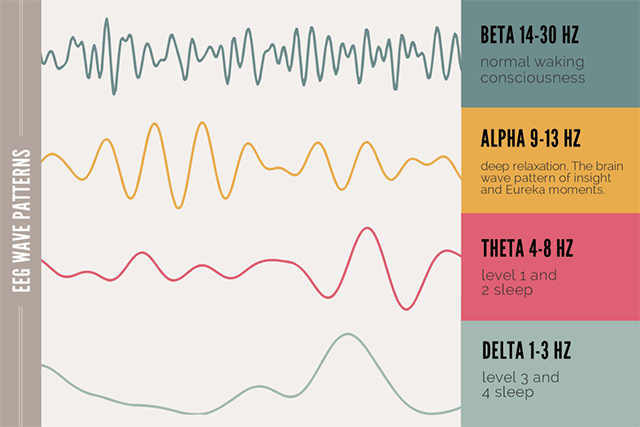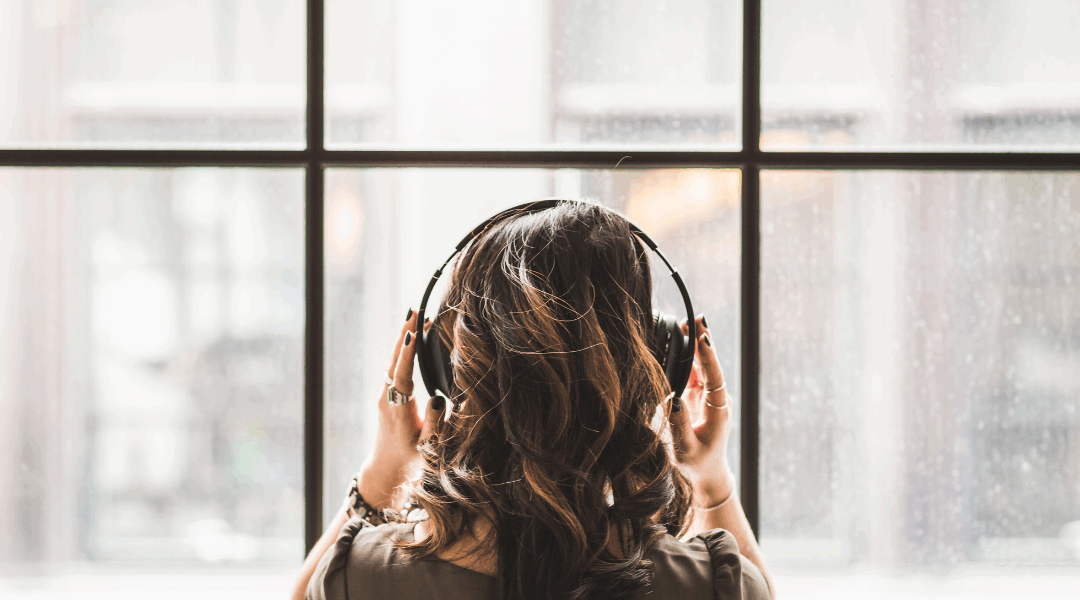In today’s busy world, many of us are searching for ways to feel calmer, sleep better, and focus more deeply. One tool that has been gaining attention is binaural audio. Whether you’ve heard about it from meditation apps, YouTube soundscapes, or productivity hacks, you might be wondering if it’s really worth trying. At Alliance for Healing, we believe in exploring tools that can support your overall well-being—and binaural audio is one worth understanding.
Below, we’ll answer common questions about binaural audio, explain how it affects the brain, and share how you can use it in your daily life for relaxation, mindfulness, and even productivity.
What is binaural audio?
Binaural audio is a type of sound experience where two slightly different frequencies are played into each ear using headphones. Your brain doesn’t hear two separate sounds—it blends them together into a third tone, known as a binaural beat. For example, if one ear hears a tone at 210 Hz and the other hears a tone at 200 Hz, your brain perceives a beat frequency of 10 Hz.
This subtle difference creates a unique auditory illusion that can influence brainwave activity. Unlike standard stereo audio, which plays the same or balanced sounds in both ears, binaural audio specifically relies on these differences between the two ears to create its effect.
How does binaural audio affect the brain?
Your brain naturally produces electrical patterns, called brainwaves, which shift depending on your state of mind—such as being alert, relaxed, or deeply asleep. Binaural audio is thought to “nudge” the brain into particular states by matching the beat frequency to certain brainwave ranges.
-
Delta waves (0.5–4 Hz): Linked to deep sleep and rest.
-
Theta waves (4–8 Hz): Associated with creativity, meditation, and relaxation.
-
Alpha waves (8–14 Hz): Related to calm focus and reduced stress.
-
Beta waves (14–30 Hz): Connected with active thinking and concentration.
Listening to it in these ranges may help guide your brain into a desired state, whether that’s winding down after a long day or sharpening your focus for work.
Audio example of Alpha waves 14Hz for focus:
Is binaural audio safe?
For most people, yes—binaural audio is considered safe. It’s non-invasive, doesn’t involve medication, and simply relies on sound. The main recommendation is to listen with headphones in a comfortable, safe environment.
That said, if you have epilepsy, hearing difficulties, or a neurological condition, it’s always best to check with a healthcare provider before experimenting with these types of beats. Also, avoid listening while driving or operating machinery since it can make you feel drowsy or deeply relaxed.
What are the benefits of listening to binaural beats?
Many people turn to binaural audio for its potential mental and emotional benefits. While research is ongoing, studies and personal experiences suggest several possible advantages:
-
Reduced anxiety and stress: Calming theta and alpha waves may help lower tension and ease worry.
-
Better sleep: Delta wave binaural beats may support deeper, more restorative rest.
-
Improved focus and productivity: Beta and alpha waves can help boost concentration during work or study.
-
Enhanced meditation: Binaural audio can make it easier to settle into mindfulness practices, especially for beginners.
-
Mood support: Some listeners find binaural beats help regulate emotions or uplift their mood.

Image by scienceandnonduality.com
Do binaural beats actually work?
The short answer: they might, depending on your goals. Research has found promising connections between binaural audio and changes in mood, focus, and sleep, though results can vary. Some people feel a noticeable difference after just one session, while others may need to use it consistently to notice benefits.
Think of it as a supportive tool rather than a magic fix. When paired with practices like mindfulness, meditation, and healthy sleep routines, it can become part of a holistic approach to healing and self-care.
Binaural audio vs. stereo audio
It’s easy to confuse binaural audio with stereo sound since both involve listening with two ears. The difference is in purpose and effect:
-
Stereo audio distributes sound between the left and right ears, often for musical depth and spatial awareness.
-
Binaural audio uses slightly different frequencies in each ear to create a beat your brain interprets internally.
In other words, stereo enhances sound quality, while it is designed to guide brainwaves.
Listening guides and best-use scenarios
If you’re curious to try binaural audio, here are some simple ways to start:
-
For sleep: Try delta wave beats before bedtime to promote deeper rest. Use soft volume and a playlist that lasts through the night.
-
For anxiety or stress relief: Theta or alpha beats can be played during mindfulness or meditation sessions to support relaxation.
-
For focus and productivity: Beta wave beats are great during study, work, or creative tasks—pair them with a quiet environment.
-
For meditation: Combine binaural audio with breathing exercises to deepen your practice.
Always use quality headphones and give yourself at least 10–15 minutes of uninterrupted time to let your brain adjust.
Connecting binaural audio to mindfulness and productivity
At Alliance for Healing, we encourage people to explore tools that align with mindfulness, meditation, and productivity hacks. Binaural audio fits naturally into these practices:
-
During mindfulness, it can help quiet mental chatter.
-
For meditation, it offers an easy entry point for beginners who struggle to focus.
-
As a productivity tool, it may sharpen concentration and reduce distractions.
When paired with intentional self-care routines, it can support your journey toward greater emotional balance and well-being.
Final Thoughts
Binaural audio is more than just background sound—it’s a gentle, accessible way to influence your state of mind. Whether you’re looking to reduce stress, sleep better, or boost focus, it can be a valuable addition to your daily wellness practices.
At Alliance for Healing, we believe in blending science, compassion, and practical tools to support your healing journey. If you’re curious, give binaural audio a try and see how it resonates with you.


